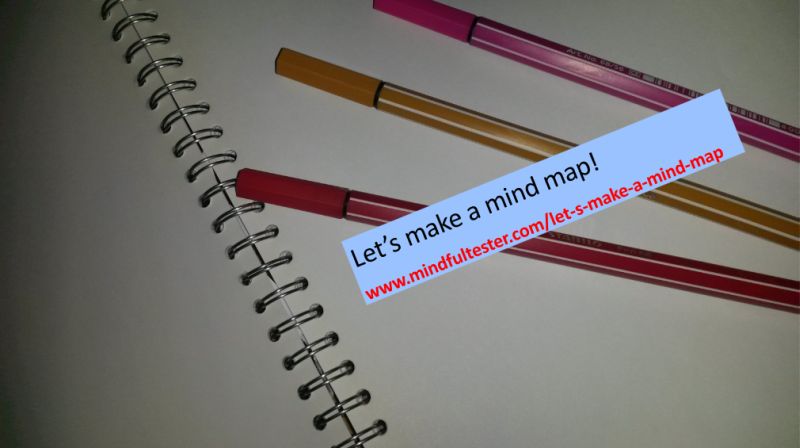Drooling about it
Paul knocked a few times on the door. And opened it slowly.
“Are you busy?”
“Yes, but I can make time for you.”
“We’ve got an open door policy, but your door was closed. So..”
Paul waited a few moments.
He gestured to George.
“George said, that I have to bring something to your attention. And ..”
George’s mobile phone went off.
“Excuse me.”
George left the room with the phone to his ear.
“Yes Paul.”
He looked to the door with a desperate look.
“I can wait.”
“What is that piece of paper? You want to show it to me?”
“Actually ..”, Paul started.
He showed it to his manager.
“That’s funny: the phone booth cannot be used.”
Paul pulled himself together:
“Within a month our company will release the car call service. So customers can call their cars and ask, whether enough fuel is in the gas tank.”
Paul’s manager nodded.
“At the moment we are focused on apps on smart phones. We are also testing normal phones. Why not test phone booths?”
“How big is the chance, that a business man calls his car from a phone booth?”
“Pretty small”, Paul admitted. “But there are enough people, who would like to publish a bug about the service on the Web.”
“So your point is…”
“Our slogan is: Your Drive Is Our Drive. People do not like to think about a slow walk to the gas station. Especially after a failed call from a phone booth.”
Ten minutes later George asked Paul:”How did it go?”
“Fine. I have budget to hire a phone booth.”
“How did your phone call go?”
“Nobody called.”
“You mean: no one.”
“Yes” George smiled.
Paul began with: “You are …”
“I am your coach, not your spokesman.”
Paul objected with: “I might not find the proper words to express myself or not find the right arguments. I might miss my drive.”
George just raised an eye brow.
Testing in it
During the training introduction of software testing I told the delegates about a special object in the neighbourhood.
“If you drive your car from Rijswijk to Rotterdam, then you see a huge building next to the highway near Delft. It is blue and yellow.”
I continued with telling, what most people thought. That it was just another furniture shop of a well known brand.
“It is a concept center. In this building ideas for this brand are developed and tested.”


